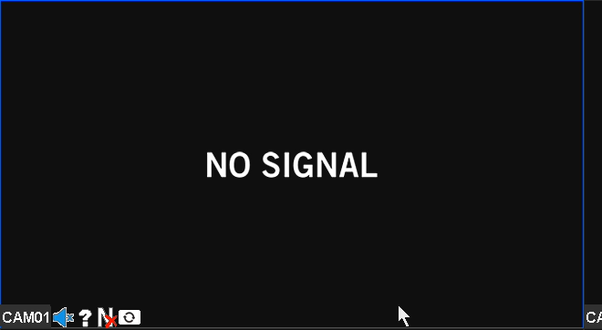Solving the Hikvision DVR No Video Problem: A Step-by-Step Guide

First, verify that your Hikvision DVR has a proper power connection and the power supply is functioning. Use a multimeter to check voltage, and consider a battery backup for power stability. Next, inspect all cable connections for security and quality;…